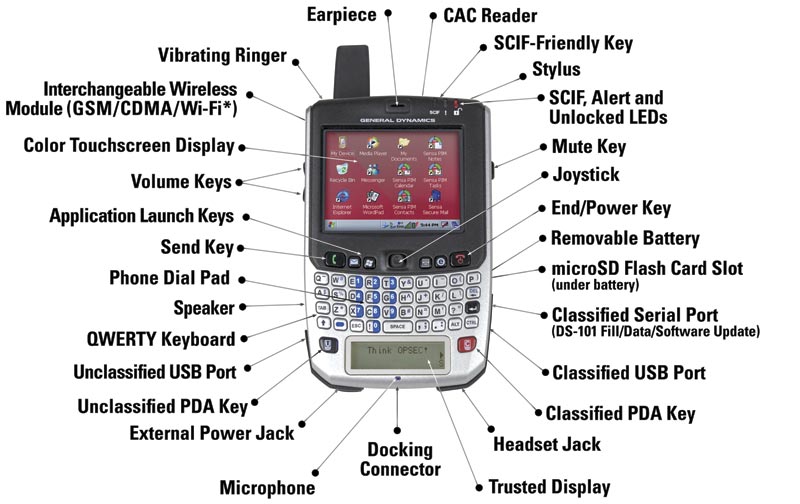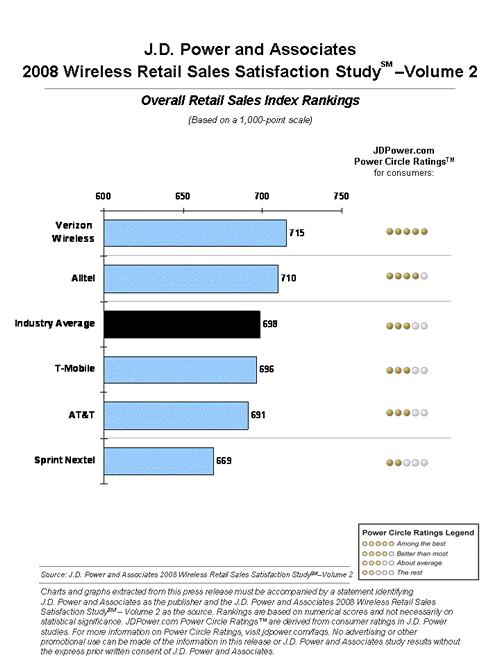The City of Modesto adopted a new, comprehensive wireless ordinance on April 28, 2009. I’ll post details of the new ordinance here, shortly.
Category: General
US Supreme Court: ‘Let’s Call a Friend’
At its conference on March 20th, the U.S. Supreme Court considered whether to grant certiorari (the so-called “Rule of 4”) in two key cases dealing with the Telecom Act, and specifically with the interplay between Section 253 and Section 332(c).
These cases, Level 3 v. St. Louis and Sprint v. County of San Diego, address local government controls and the reach of telecom ordinances. St. Louis deals with wireline issues, while San Diego deals with wireless issues.
Rather then deciding to grant or deny cert in these two cases, the Justices have asked the new United States Solicitor General, Elena Kagan to file a brief containing the views of the United States on these two cases. Call it a “Who Wants to be a Millionaire” ‘Call-a-Friend lifeline’ or a “Cash Cab” ‘Street Shout-Out.’
Sometimes called the 10th Supreme Court Justice, the Solicitor General is occationally ‘invited’ to weigh in like now on certain cases brought before the nation’s highest court.
I expect that it will be at least several months before the Solictor General gets through all of the industry and governments briefs and letters designed to suggest how she should advise the Supremes, and writes her brief.
Tick…tock…tick…tock…
Traffic, Talking, and Early Termination
Several recent articles have appeared linking cell phone usage while driving (or merely walking on the streets) to a higher rate of traffic-related deaths.
In an article titled, “Danger of Cell Phone Use: While Walking Or Driving, Cell Phones Increase Traffic, Pedestrian Fatalities” published in Science Daily on March 8, 2009, several new studies about traffic deaths related to cell phone use are reviewed.
The “life-saving effect” occurred as the volume of phones grew into the early 1990s, and increasing numbers of cells were used to call 911 following accidents, leading to a drop in fatalities, explains Loeb. But this life-saving effect was canceled out once the numbers of phones reached a “critical mass” of about 100 million and the “life-taking effect” – increased accidents and fatalities — outweighed the benefits of quick access to 911 services, according to [Rutgers University, Newark, Economics Professor Peter D. ] Loeb.
Here is a link to the AAA Foundation’s December 2008 report.
Sobering stuff! It’s the ultimate early termination fee.
President Obama’s PDA and Cell Phone?
President Obama has said that he’s going to say connected to the Internet and to email. If he does, he’ll be the first American President to do so. And while he professes his love for his Blackberry, that is certainly NOT the PDA that he’ll use to stay connected.
I suspect that our President will soon be photographed using a General Dynamics Sectéra Edge SME PED (“Secure Mobile Environment Portable Electronic Device”). And at only about $3,200, it’ s a real steal!
As touted by General Dynamics, “[t]he Sectéra Edge is the only SME PED that switches between an integrated classified and unclassified PDA with a single key press.”
Check out these features:

Check out the full details on this little gem by visiting this site.
No, I can’t hear you on Inauguration Day
Reporting on the massive cell phone congestion during today’s inauguration of President Obama, the Associated Press reported that call traffic was up 500% from normal for several carriers.
Big surprise.
The carriers are asking people wanting to transfer photos from their phone’s camera to wait to let the data traffic drop back to normal levels.
To read the AP story, please follow this link.
CTIA 2 DC vistrs..Pls txt..dont call.
In a copyrighted story appearing in the January 19, 2009 issue of WirelessWeek, Monica Alleven reports that that the wireless carriers in D.C. are expecting record-breaking crowds for the Obama inauguration, and with it big-time network congestion.
The CTIA suggests that visitors in D.C. text, rather than make voice calls, to help reduce network overloads. As Monica notes in her story, “One of the things SMS has going for it is it uses a small amount of bandwidth compared with voice.”
The story is well worth reading!
Jonathan
Wireless (and some wires) MCLE Presentations
State Bar of California
SECTION EDUCATION INSTITUTE
& CALIFORNIA SOLO AND SMALL FIRM SUMMIT
January 16-18, 2009
Claremont Resort and Spa
Berkeley, California
January 17: 2009 9:45 a.m. to 10:45 a.m.
Session title: “Protecting Client Confidences While Using Mobile Technology”
Learn about the secret life of laptops, PDA’s, and telephones. Understand the threats to attorney-client confidences for attorneys who use mobile technology, and get practical advice on how to protect a law firm’s mobile perimeter.
Faculty: Lisa Miller, Esq., Miller Consulting, and Jonathan L. Kramer, Esq., Kramer Telecom Law Firm, P.C.
MCLE: 1.0 Hour Ethics
…followed immediately by…
January 17, 2009, 11:00 a.m. to 12:00 p.m.
Session title: “Telecom Law 101: Basics Every Practitioner Should Know.”
Presentation description: “Telecom law cuts across many government practice areas. Learn what’s new in wireless siting issues and cases; telecom right-of-way; cable TV; telecom safety enforcement; satellite TV; and over-the-air antenna regulation. Inflatable toys will be provided.”
Faculty: Jonathan L. Kramer, Esq., Kramer Telecom Law Firm, P.C., Los Angeles, CA
MCLE Credit: 1 hour/General
So, you don’t like your wireless store sales clerk?
J.D. Power and Associates has released their 2008 report on consumer satisfaction with wireless retail sales. It turns out that if you’re with Verizon or its newly purchased (consumed?) Alltel unit, then you’re
among the happiest customers. It’s another story altogether if you have Sprint Nextel.
But look closely at the scale: On the 1,000 point scale, Verizon/Alltel barely squeaked into the bottom of what would be called a “C” grade in school, and the industry averaged a high “D”.
Perhaps that why customers keep asking, “Can you hear me, now?” “Huh?”
So, while Verizon may take the trophy for best in show, it was the prettiest mutt amongst a bunch of really mangy critters.
More on T-Mobile’s Midnight Site Construction in Northern California
In my previous posting I discussed the CPUC’s investigation into claims that T-Mobile has constructed new sites in Northern California without benefit of, well, local government permits.
In yesterday’s San Francisco Chronicle appeared an article by Seth Rosenfeld titled, “T-Mobile accused of installation violations” which digs into the allegations by five former T-Mobile contractor employees who all assert that they constructed or knew of T-Mobile sites without all proper local government permits.
From yesterday’s article:
Among the subcontractors was Lee Middleton, who said he worked for Irvine’s Delta Groups Engineering Inc. Earlier this year, Middleton was assigned to review records for about 1,033 T-Mobile sites around the Bay Area. “Way more than half” were missing documentation showing that the work had been done properly, he said in an interview.
Local government permitting of wireless sites is intended by Congress to ensure that local codes and other local considerations such as aesthetics are evaluated and approved, subject to some balancing tests created by federal courts.
While the focus is on T-Mobile right now, it’s not a stretch to suspect that the practice of putting up sites without all permits in place is not limited to that one company. This is likely to be just an iceberg tip.
-Jonathan
PS: Thanks to Robert E. Smith of Anvil Parnters, LLC for the pointer to the current SF Chronicle article.
Choosing a Municipal Wireless Consultant – A Wireless Industry View
Wireless Industry attorney Scott Olson of Cooper Erving & Savage LLP (Albany, NY) has written a very interesting blog essay on his “Cell Tower Siting Blog” offering hiring suggestions to governments looking to employ wireless advisers. The title of his essay is, “Choosing a Wireless Consultant.”

While it may seen like Scott (on the wireless industry side) and I (a leading wireless adviser to local governments in multiple states) might not have a lot to agree on, I’m happy to report that nearly all of Scott’s suggestions and comments could have as easily been written by me.
The bullet points of Scott’s blog essay are:
1. Be wary of a consultant who preaches fear.
2. Carefully scrutinize a consutant’s draft tower law.
3. Be cautious about a consultant that demands to take control of the review process away from the municipal board with permitting jurisdiction.
4. Question the length of review of a typical application.
5. Municipalities, don’t be fooled by a lengthy review.
6. Be cautious with a consultant who emphasizes that his/her services will not cost the community anything; that the carrier will pay for everything.
7. Excessive application fees for tower applications present potential legal issues, especially when the application fees for other uses are substantially less.
To read his full blog essay, please visit THIS LINK.
Recommended!
=Jonathan=
